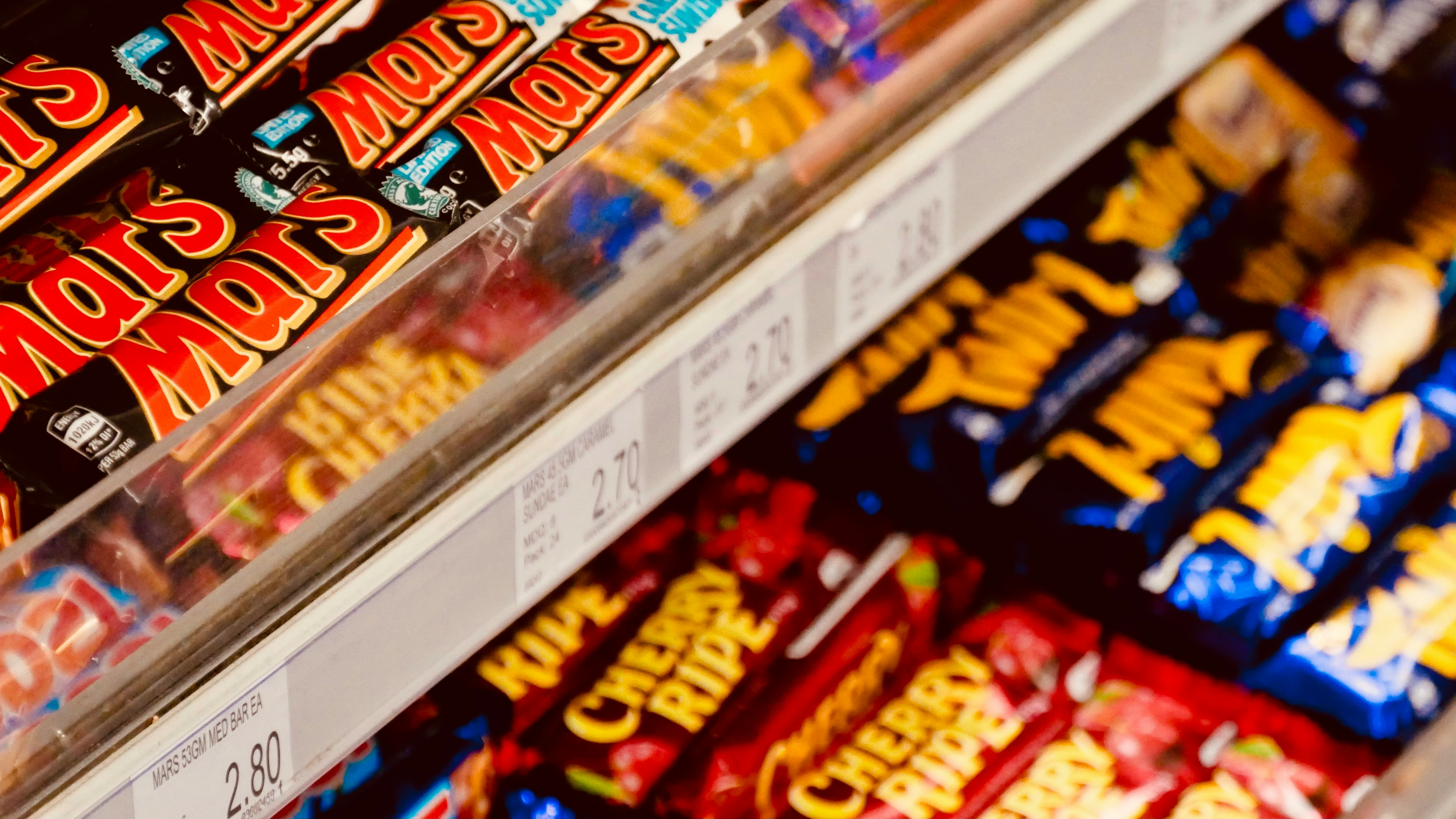
Mars has published its open-source action plan to accelerate the drive towards achieving Net Zero emissions, including a new target to cut carbon in half by 2030 across its full value chain. The strategy also involves investing US$1bn over the next three years alone to drive climate action
The strategy incorporates an understanding of how supplier engagement, supply chain and procurement impacts their environmental footprint, as 80% of it comes from their inputs such as raw materials, packaging and logistics.
“The carbon footprint of our entire supply chain from farming through to the end of life of our packaging and everything in between is the same as that of a small country – Finland has almost exactly the same footprint,” explains Barry Parkin the Chief Procurement and Sustainability Officer at Mars Inc. “When we look at where our footprint was ten years ago, 70% or more of it is embedded in the goods or services we buy. So, procurement is therefore absolutely critical.”
This means the role of procurement, supply chain, and supplier engagement is integral to the company reaching their ambitious sustainability targets, and Parkin is acutely aware that means it is essential for them to do things differently. “Our job is to re-imagine and re-design supply chains so that they have a dramatically lower carbon footprint,” he says. “To put it another way, unless we change what we buy, or where we buy it or how we buy it we are not going to really change our carbon footprint. ”
Their roadmap involves removing approximately 15 million metric tons by 2030 and then another 15 million metric tons by 2050 when they reach net zero. Since 2015 Mars have already reduced emissions by 8%, whilst growing the business by 60%, showing that it is possible to decouple emissions from growth and success of a business.
Supplier relationships
As for any major organisation trying to address their sustainability strategy, it is impossible for Mars to make significant progress with their carbon footprint without the help and buy-in from their enormous supply networks.
“As a global company, we rely on suppliers across our value chain as essential partners in our journey to reach net zero,” says Parkin. “Like most companies, addressing our Scope 3 emissions is challenging because of their indirect nature and our lack of direct control or visibility. Only by working with our Tier 1 suppliers can we make progress with them on their own emissions and on their upstream emissions with our Tier 2 suppliers and beyond.”
Mars was a founding member of the Supplier Leadership on Climate Transition coalition, that is a dedicated body for instigating climate action through industry-wide supply chains. This allows companies like Mars to use their scale and influence to guide, mentor and train suppliers with emissions strategies and also celebrate their best practice.
This reflects the collaborative approach Mars is trying to adopt with all their stakeholders to reach their climate targets. “Suppliers that demonstrate substantial progress in reducing their environmental footprint are recognised and rewarded with additional business,” explains Parkin. “This metrics-driven strategy ensures that our suppliers have a significant role in our journey towards sustainability, aligning their efforts with our commitment to addressing the climate crisis.”
To achieve this relationship, Mars sets clear expectations for suppliers regarding emissions reduction, renewable energy adoption, and sustainable sourcing. They then incorporate those climate performance metrics into some of their biggest supplier’s evaluation criteria.
Recipe optimisation
For one of the global leaders in food products, pet supplies and confectionery, they are also able to leverage product design and ingredients into their net-zero strategy. Mars describes that as ‘optimising recipes’ and procurement is again integral in making that aspect of the plan a success.
“Our procurement team actively collaborates with suppliers to identify and source new ingredients in a way which lowers emissions and advances our sustainability goals,” says Parkin. “This collaborative approach helps improve our supply chain sustainability performance, including the procurement of ingredients that have a reduced carbon footprint.”
This approach of working closely with the suppliers who provide the ingredients, allows Mars to enhance their product offerings while at the same time finding new ways to reduce the emissions associated with the recipes.
Buying-in to the road map
Parkin is praising the positive reaction from their suppliers to the Net Zero Roadmap, but that is also because many of those partners have been on a sustainability journey with the company for a number of years, since setting out their first scope 3 targets for their full value chain back in 2017.
“Suppliers have expressed their appreciation for the transparency and specificity of our roadmap,” explains Parkin. “It has enabled them to better understand our expectations and how their contributions fit into the broader picture of achieving net zero emissions. The roadmap’s emphasis on collaboration and collective responsibility has resonated with our suppliers, fostering a spirit of partnership in our shared journey towards sustainability.”
The partnership allows procurement partners to take proactive steps in their organisations and strategies to address their emissions, and be part of a collective responsibility to finding both a sustainable future and a productive business relationship.
Aside from the influence such an ambitious net-zero strategy has on the culture and direction of a company like Mars Inc, it also creates a larger impression on other companies in their business ecosystem as other brands and businesses look to follow their lead.
Barry Parkin is aware of the value of that influence, and how their procurement and supply chain can help lead others to greater sustainable achievements.
“Global companies like Mars play an important role in shaping sustainability standards and advancing climate action at scale,” he explains. “Our influence extends across the globe, allowing us to inspire change on a wider scale. When companies set high sustainability standards, it encourages others in their industries to follow suit.”
He adds: “Companies like Mars have the resources, expertise, and innovation capabilities needed to pioneer sustainable practices and technologies.
“We can invest significantly in research and development, pilot groundbreaking initiatives, and implement sustainable solutions beyond the reach of smaller organisations. This proactive approach not only benefits the environment but also builds a positive reputation with environmentally conscious consumers and attracts like-minded partners.”
If a globally recognised brand like Mars can leverage their sprawling supply and procurement network for better environmental outcomes, it can only help to bring others on the same journey. “This ripple effect fosters industry-wide transformation, promoting a more sustainable future,” finishes Parkin. “If a business such as Mars can halve it’s footprint by 2030, that matters.”
Source Sustainability













